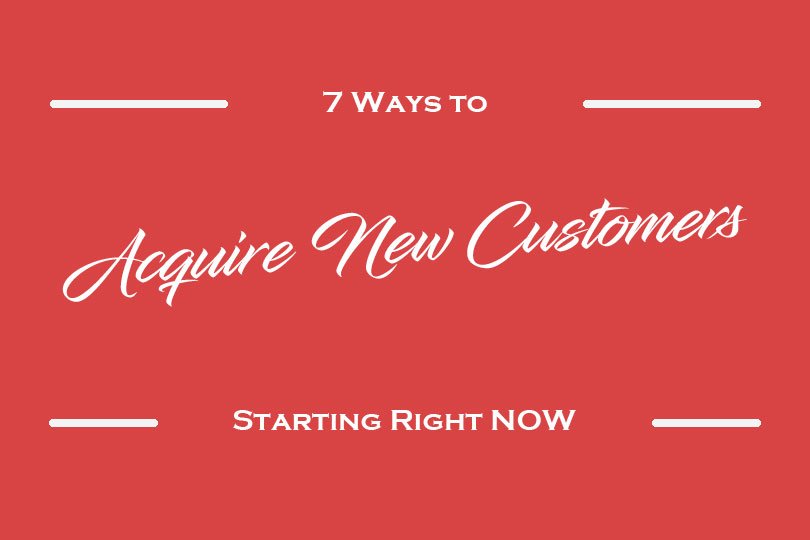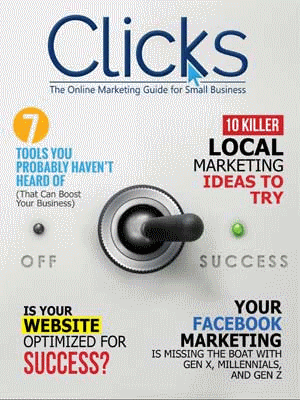
Boost Business with These 7 Tools You Probably Haven’t Heard Of
A great artist may have vision and talent, but to bring a vision to life, the artist needs the right tools. That’s as true of painting as it is of marketing. And while a true artist should never blame tools for a job poorly done, the truth is that the wrong tools can have a negative impact on their work.
Your social media tools aren’t getting the job done.
You might think you have the latest and greatest – and maybe your social media game is on point. But that said, I’m willing to bet that there are a few great tools that you haven’t heard about. Using them can help you take your social media marketing campaigns to a new level.
Here they are.
#1: Meet Edgar
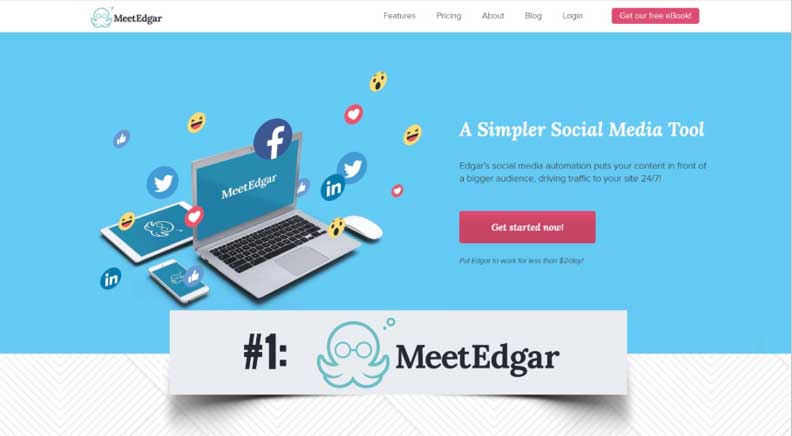
Facebook’s algorithm changes have upped the ante for business pages. It was already a challenge to get organic reach with your posts and now it’s harder than ever. Even if you post regularly, you still run the risk that your best content will disappear because it simply isn’t seen by your target audience.
Meet Edgar is a social scheduling app that can rescue your disappearing posts and give them new life by re-sharing them. You may already be doing that – but here’s what’s special about Meet Edgar.
- It allows you to save your social media posts into a database, so they can easily be reshared – no more scrolling down your page to find a post
- It can pull items from your RSS feed, including blog posts, and add them to your social media library
- It categorizes your content to make it easy to find
- It reposts content automatically to ensure it is seen by your audience
Meet Edgar is a paid tool that works for Facebook, Twitter, LinkedIn, Instagram, and Pinterest.
#2: Quuu
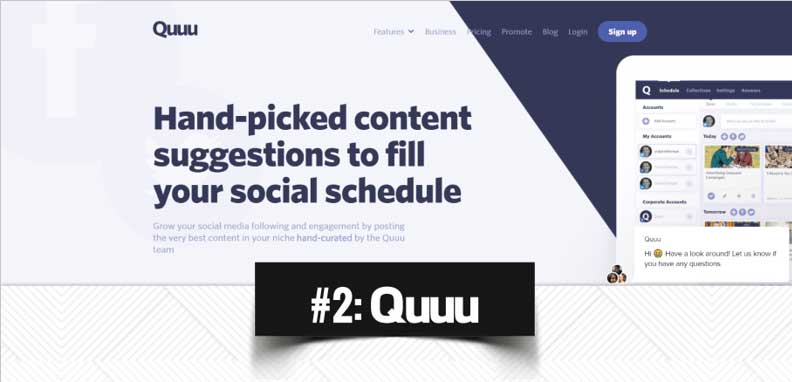
Good social media management means posting a combination of original and curated content. Finding curated content to share with your audience can be time-consuming. Quuu can help.
Quuu is a social media content curation tool. It will monitor the categories you choose – there are over 500 to choose from – and send you up to 6 content suggestions per day. If you opt for the Free or Amazing Plans (their words, not mine), the curated content will be posted automatically unless you delete it from the queue. Choosing the corporate plan gives you the option to approve content before it gets posted.
#3: Trendsmap

Maintaining a Twitter account for your business requires regular posting and staying on top of the trends and hashtags that are relevant to your location. Trendsmap is a tool that can help you do the latter.
Trendsmap helps businesses get past the national and global hashtag and find the specific local trends and hashtags that are most likely to appeal to your followers. Users can click and zoom on a map interface to see the trending topics in any area. You can then click on a trending topic to get additional information and see what people are saying about it. They have multiple plans available starting as low as $25 per month.
#4: Canva

Visual content gets more engagement on social media than written content, and yet it can be difficult for people who aren’t designers to create the kind of visually compelling posts that will appeal to their followers.
Canva is an incredibly versatile design tool that’s free – and perfect for social media. They have thousands of templates that you can choose from. You can also use their library of images, colors, and fonts to customize your posts. If you opt for their free plan you’ll need to pay for photos, but their paid plan gives you access to the full library plus additional storage and other features.
#5: AdEspresso
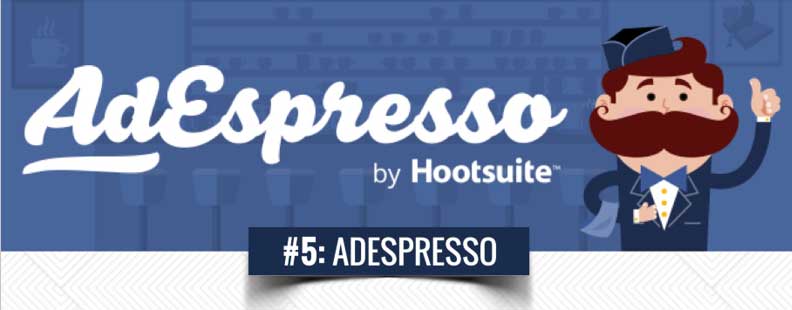
Facebook and Instagram advertising can help you grow your business, but it can also be time-consuming to manage. AdEspresso injects a shot of caffeine into the proceedings and speeds up the process.
AdEspresso is an ad management tool created by HootSuite. It gives users a dashboard from which they can manage all of their Facebook and Instagram ads. You can ad tags to your campaigns to make it easier to find them, shortcut the ad creation process, and even split test your campaigns to maximize your conversions. They offer a free trial period and business plans starting at $49 per month.

#6: PushEngage
One of the hardest things for any business to do is to convert a lead into a paying customer. It’s an expensive endeavor and one that requires an ongoing commitment and lead nurturing strategy.
PushEngage is a tool that makes it simple to send push notifications on any browser. That means you can engage with potential customers who have abandoned a shopping cart. You’ll get automatic trigger notifications based on the triggers you specify, giving you the power to engage with users at the perfect moment to make a sale. They offer a free trial and business plans starting at $29 per month.
#7: Mobile Monkey
Chatbots are the future of marketing – and the future is here. If your business isn’t using a Facebook chatbot yet, it’s time to get started.
Mobile Monkey is a tool that will help you build a chatbot for Facebook Messenger in as little as five minutes. They offer an intuitive, drag-and-drop interface that means you don’t need any technical or programming experience to create a bot. They have a huge library of chatbot widgets, including images, text, and even emoji. They have a free plan as well as more comprehensive business plans starting at $42 per month.
An artist is only as good as the tools they use…
…and the 7 social media marketing tools I’ve listed here can help you elevate your social media game, attract new followers, and increase your profits.
Getting people to engage with your social media content is a must. By giving yourself the tools you need, you can ensure that you get the engagement you need to grow your business.



